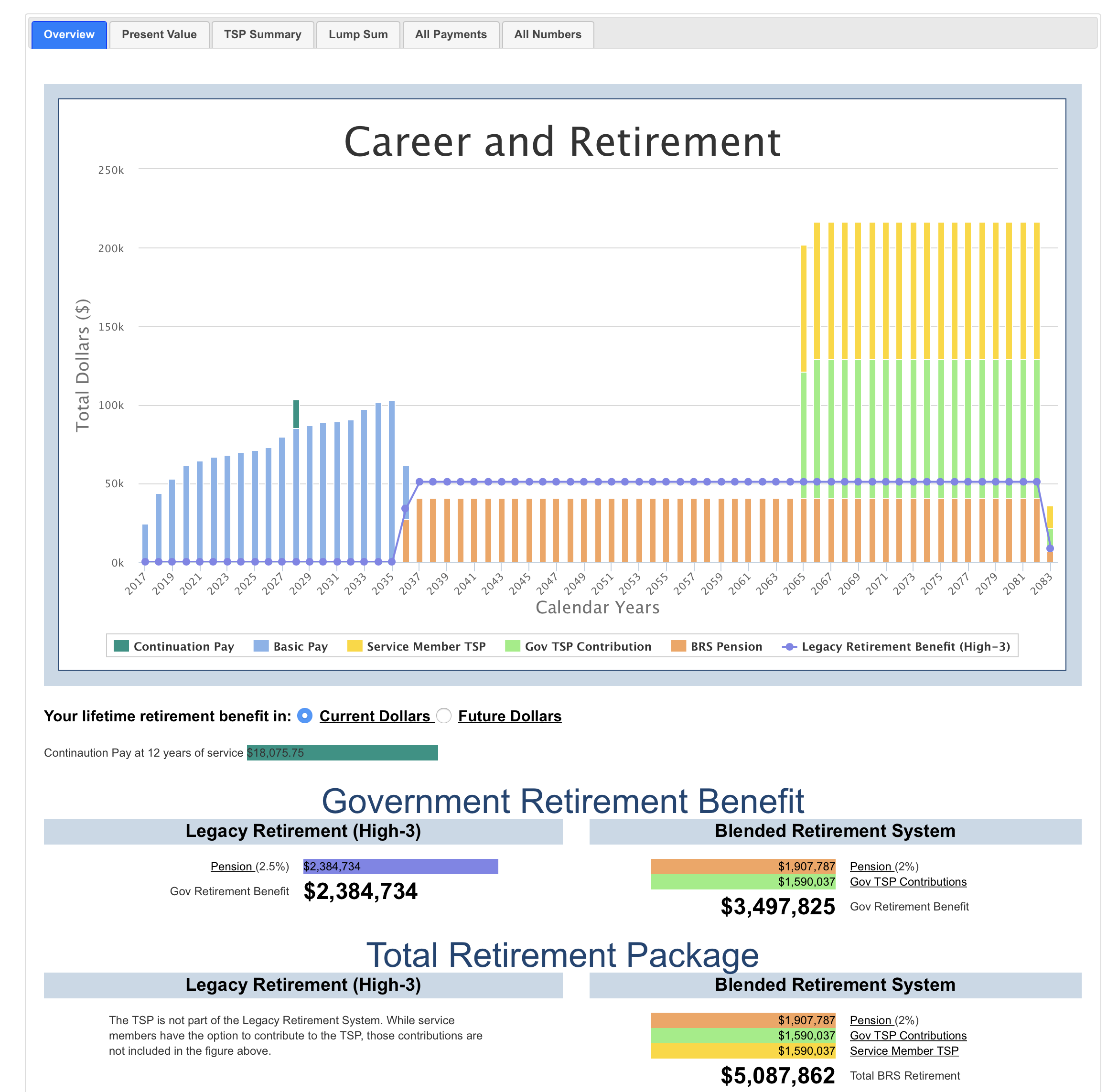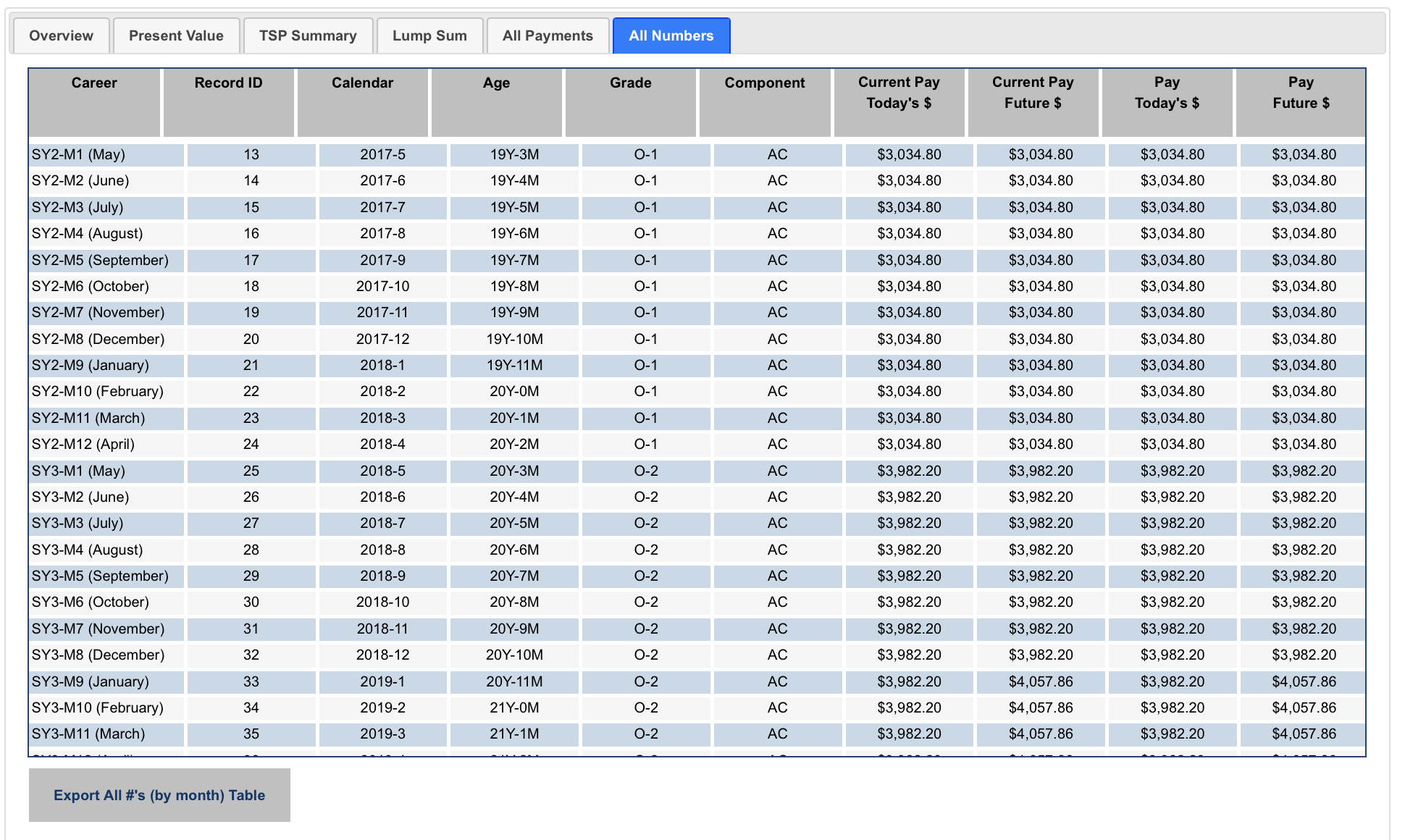The Air Force is falling short of its goal of retaining 65 percent of its pilots beyond their 10 year active duty service commitment (ADSC). The Blended Retirement System (BRS) may worsen the problem. Under the previous retirement system, pilots who left before reaching 20 years of service did not receive any retirement benefits. The new system establishes a 401k-style Thrift Savings Plan (TSP) account where DoD matches up to five percent of a member's salary. By the time pilots reach 11 years of service, the value of the match will grow to $47,500. Pilots no longer have to remain in service (or transfer to the Guard or Reserve) to complete 20 years of vesting. They can leave and keep their TSP account.
The new system recognizes that mid-service retention could be challenging, so it allows the services to offer continuation pay up to 13 times regular monthly pay when members reach 12 years of service. This is in exchange for four addtional years of service. Presumably, once members reach their 16th year, they are more likely to remain until retirement. The maximum continuation pay is currently $86,764.
This may not be sufficient to retain pilots (and others) who have high opportunity cost of continued service. Many are forgoing $25,000 annual bonuses to begin careers in commercial aviation. And, because airlines rely extensively on seniority to allocate privileges, pilots who plan to leave service prefer to do so earlier in their careers. Because it costs between $10-20 million to create an experienced pilot, the Air Force needs to increase compensation or otherwise induce its pilots to stay.







